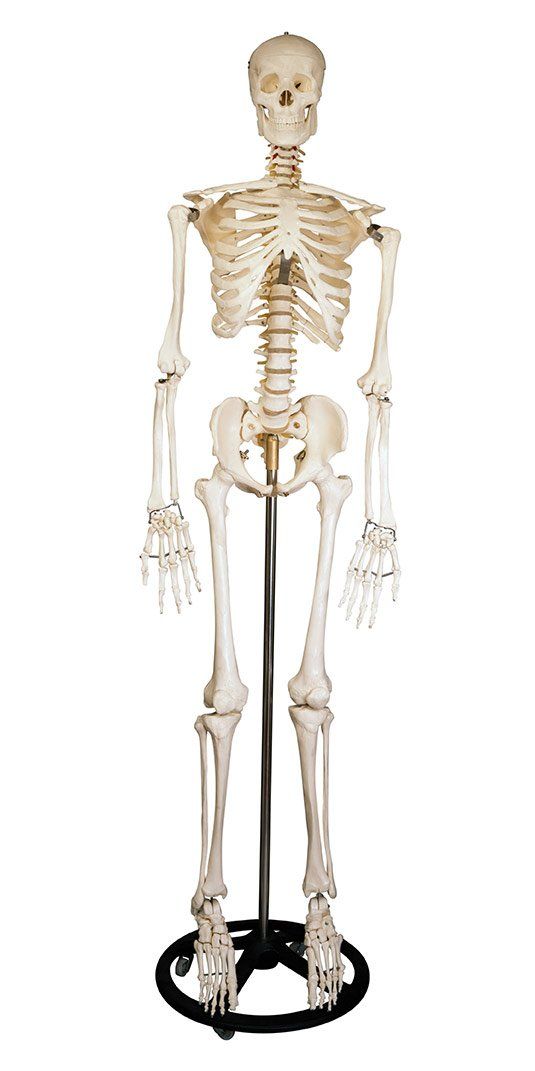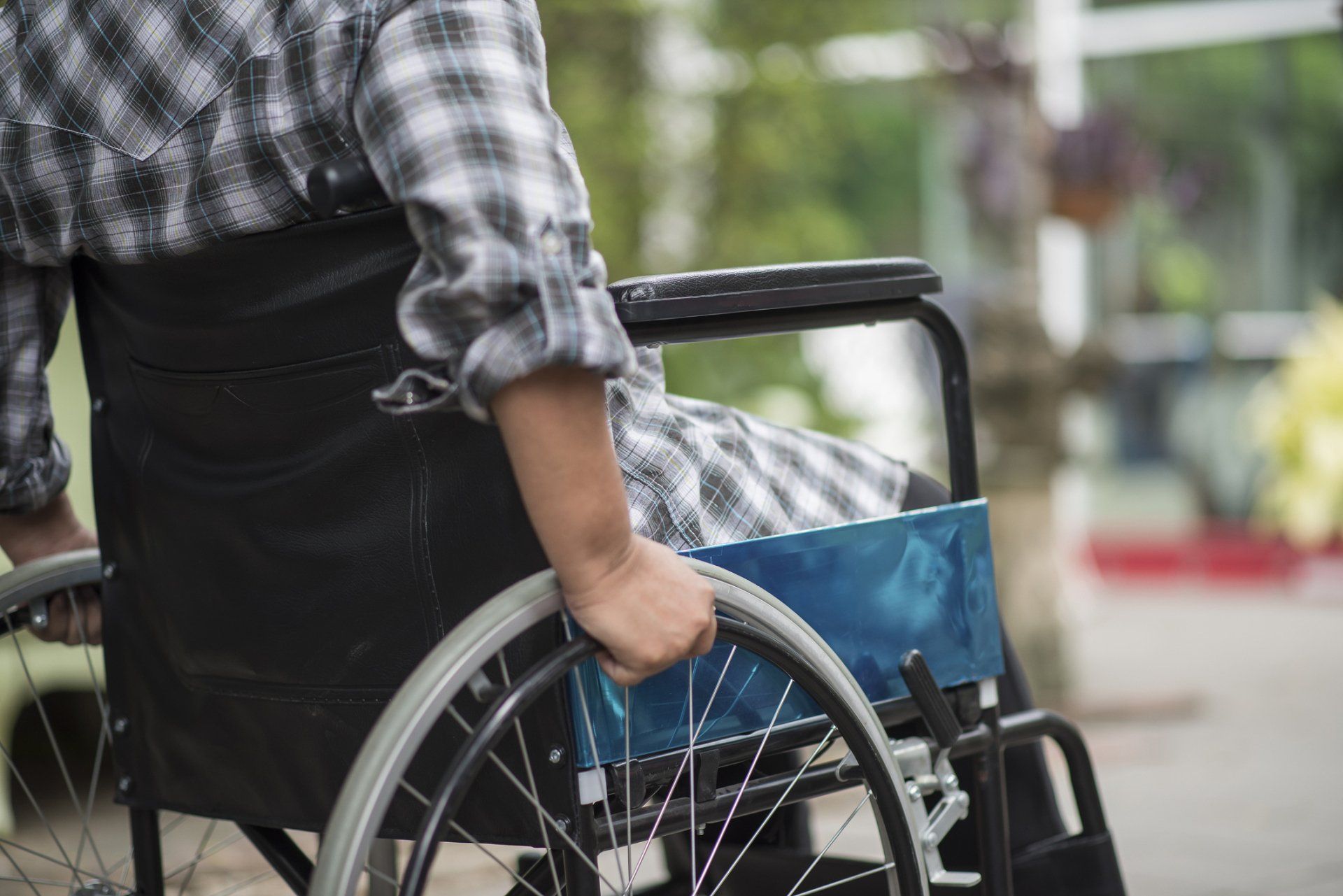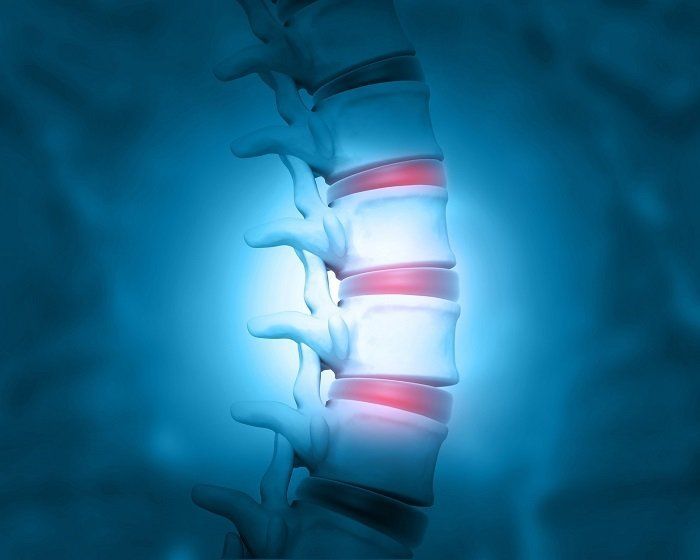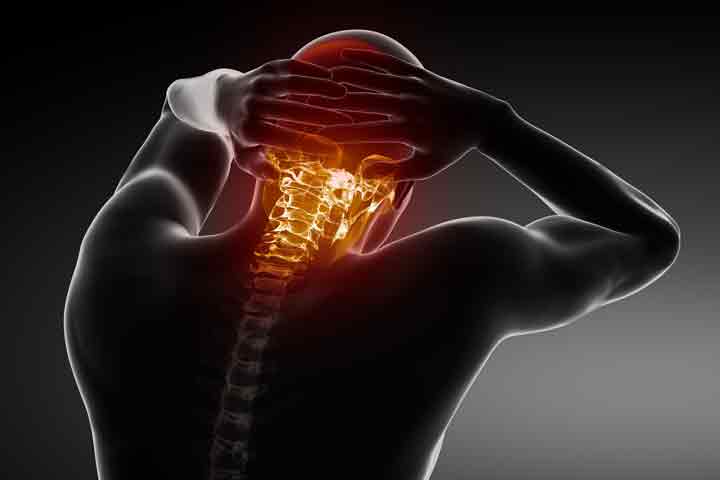Tailbone Pain: What is it and What Can You Do About it?
When pain shows up in an unexpected place like your tailbone (coccyx), it can frustrate and even baffle you. Tailbone pain (cocydynia) can occur from numerous things, including a fractured bone or injury. Sometimes, sitting all day in a padded chair can irritate your tailbone.
The information guide below can help you find the answers and treatments you need for your tailbone pain now.
Why Does Your Tailbone Hurt?
Your tailbone consists of three to five tiny bones fused together at their joints. The coccyx also sits between the cleft of your buttocks. Although your tailbone is tiny in size, it has the ability and strength to support your body's weight when you sit. But sometimes, sitting can cause problems for your tailbone.
If you're like other working adults, you spend a great deal of time sitting at a desk or operating a computer. Sitting for a few hours at a time might not cause too many issues with your coccyx, but sitting for long periods of time places too much stress on it.
Also, sitting in a padded seat or chair can cause pain in your tailbone. A pad or cushion tends to push your buttocks upward in a chair, which places pressure on your tailbone. When you stand up or rise from your chair, the pressure releases. However, some people experience temporary pain when they release pressure from their tailbones.
In addition to sitting, the coccyx can hurt if you break one of its bones. Older individuals who have bone disorders like osteoporosis or osteopenia are very at risk for tailbone fractures. The conditions weaken the bone tissue. Placing pressure on a weakened bone can cause it to break.
A tailbone injury or fracture can trigger other problems for you, including weakness in your pelvic floor. Ligaments in your pelvic floor attach to your tailbone. The ligaments support the muscles in your anus, vagina, and bladder. If you injure your tailbone, you may develop some problems with your pelvic floor muscles, such as a loss of bladder control.
If the pain in your tailbone interferes with your way of life, take steps to treat it.
How Do You Treat Tailbone Pain?
Coccyx pain can become worse without medical treatment, so see a pain management doctor for help. A pain management specialist can examine your tailbone by x-ray to see if you fractured a bone, injured a joint, or developed osteopenia or arthritis. You may expect to undergo additional testing until a doctor diagnoses the cause of your pain.
Once a pain management doctor diagnoses you properly, they can device an interventional pain management plan for you. Interventional pain management involves the use of injections, nerve blocks, and similar treatments. Injections and nerve blocks relieve pain by preventing or blocking specific nerves from giving off pain signals.
If you have arthritis or osteopenia, you may need to see a secondary specialist like an orthopedist during your treatment. It's important that you prevent conditions like arthritis and osteopenia from becoming worse. If they do, the conditions can interfere with your pain management treatment.
The main goal of an interventional pain management plan is to make your life as pain free as possible without compromising your overall health and well-being. If you have concerns about your treatment plan or the options chosen for it, consult with your doctor immediately.
Also, take steps to protect your tailbone from future injuries or problems. For instance, instead of using a traditional chair pad or cushion, use an orthopedic or coccyx cushion instead. You can find the cushions you need online, or you can ask a pain management doctor for suggestions instead.
You can learn more about your tailbone pain and how to manage it by contacting the Specialists In Pain Management today.
Licensed | Bonded | Insured
DISCLAIMER: You will receive a call to remind you of your appointment. If you must cancel your appointment, we would appreciate at least 24 hours notice. No-shows may be charged a missed appointment fee of $25. Please bring your insurance card, a picture ID and your current medications to each visit.
CONTACT INFORMATION
Chattanooga Location
Address: 281 N. Lyerly St, Suite 200,
Chattanooga, TN 37404
Fax: 423-698-0511
Ooltewah Location
Address: 4957 Swinyar Drive, Suite 101,
Ooltewah, TN 37363
Fax: 423-362-7778
Phone: 423-698-0850
Cleveland Location
Address: 862 Callen Ln, NW Suite 110
Cleveland, TN 37312
Fax: 423-698-0511
Business Hours:
Chattanooga Location
- Mon - Fri
- -
- Sat - Sun
- Closed
Appointments Available
Ooltewah Location / Cleveland Location
- Mon - Thu
- -
- Fri - Sun
- Closed




CareCredit, Most Major Insurances Accepted
OUR LOCATION
Chattanooga Location
Ooltewah Location
Cleveland Location













